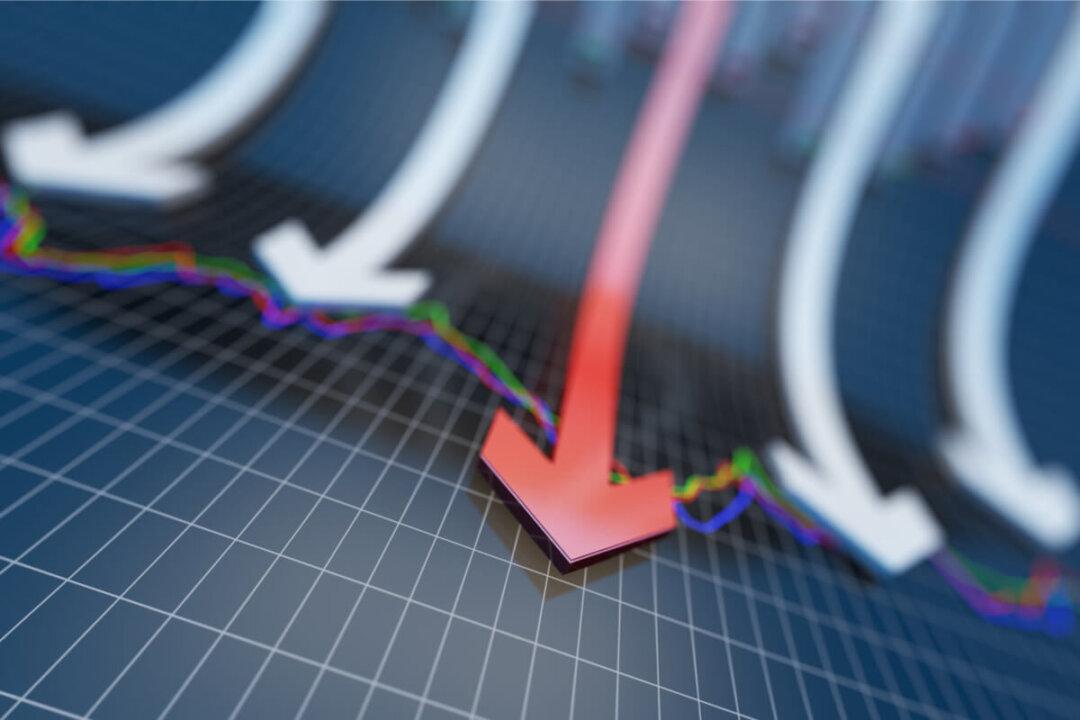News analysis
The U.S. personal consumption expenditure (PCE) based inflation released last week eased a bit from 6.6 percent in March to 6.3 percent in April. Thanks to the higher base in April 2021 than March 2021, larger denominator makes year-over-year growth lower. Analysts claim that inflation had peaked. But this number is subject to base effect and the influence of noncore volatile items, i.e. food and energy. Examining the core PCE month-over-month inflation which excludes volatile items and without base effect, the April number is essentially the same as the March one, standing at 0.3 percent.





